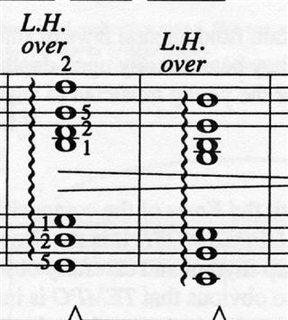This doesn’t have to do with picking technique, really but I wanted to pose this question here since I always enjoy the thoughtful responses and discussions here.
So over the past few years I’ve become more and more fascinated by time and groove and working to be able to play consistently with the beat - or ahead or behind the beat. With single notes this is simple enough to evaluate but with strumming chords I’m still wondering if the way I approach this is different than others.
Let’s say we have a down-strummed six-note chord. No matter how quickly you strum across the strings, there will be a little time elapsed between the onset of playing the sixth string and the time your pick reaches the first string.
So my question is, how do we place the chord strum on the beat? Should the onset of the chord be on the beat? If we perceive the highest note on the first string to be a melody note, should it be on the beat with the preceding notes leading up to it? Should the chord just be as centered on the beat as possible?
And of course this may vary depending on the style of music or groove one is playing. I also find myself thinking about this with things like octaves where there are technically only two notes, but often the surrounding muted strings around them add a different attack to their sound.
BTW When I record and look at what I’ve played against the “grid” I often see that my onset is a bit early and that I tend to place the higher notes that I perceive as melody on the beat. While that makes editing a track a little more difficult. I don’t necessarily find it sounds wrong.
Thoughts?


